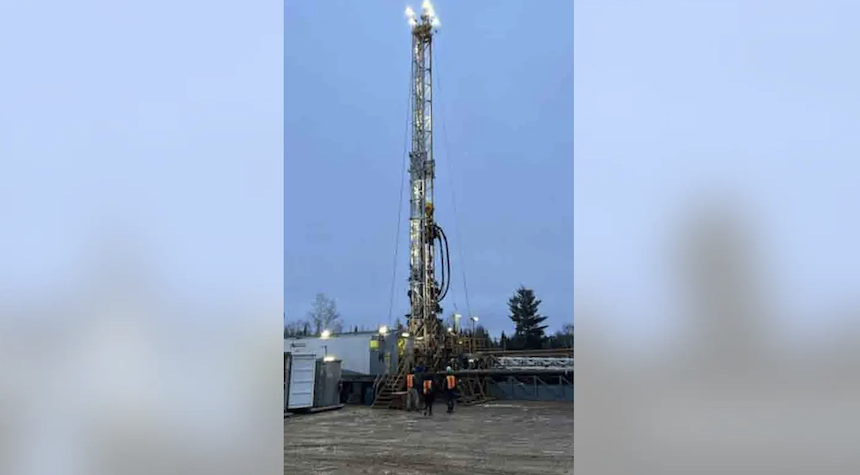Helium is used in the medical, technology, and defense industries
Last week, drillers in Minnesota’s Iron Range discovered a potential helium reserve. Supplies of the noble gas are dwindling in the U.S.
Pulsar Helium Inc. of Canada announced on Thursday in a press release that their team had encountered gases with concentrations of up to 12,4% helium at a total depth of 2,200 meters of the Topaz Project drilling site. Helium concentrations of more than 0.3% are considered to be economically viable.
Thomas Abraham-James is the president and CEO of Pulsar. He said that he was “delighted” with the “outstanding results.”
It is a great day for helium research, as it confirms the discovery of helium in Minnesota. Abraham-James stated that he would keep the market informed of any new results.
 Pulsar Helium Inc. discovered helium concentrations of up to 12.4% in the Topaz Project drilling site on Minnesota’s Iron Range.
Pulsar Helium Inc. discovered helium concentrations of up to 12.4% in the Topaz Project drilling site on Minnesota’s Iron Range.
The company reported that the concentration of gas was measured using a mass spectrometer on the drilling site. Samples of the gas collected will be sent to “a specialist gas laboratory for complete molecular composition and removal of atmospheric contamination (air), as well as isotopic characterization.”
Abraham-James said to the Minneapolis Star Tribune, that almost all helium comes from natural gas production. However, less gas is not a priority.
 The discovery comes after the Compressed Gas Association sent a warning letter to the U.S. Government in January about possible disruptions in the helium supply chains as it sold off its Federal Helium Reserve System.
The discovery comes after the Compressed Gas Association sent a warning letter to the U.S. Government in January about possible disruptions in the helium supply chains as it sold off its Federal Helium Reserve System.
Helium is a gas that has unique properties. It’s a valuable and sought-after resource.
Helium is a light gas used to fill balloons and blimps. It can also be a liquid that cools superconducting magnetic fields needed for MRI machines or semiconductor manufacturing. Helium is also used in the defense sector, for rocket engine testing and air-to-air guidance systems.
The Compressed Gas Association wrote in January that selling the Federal Helium Reserve system by the U.S. Government (FHR) could “lead to severe disruptions of the U.S. Helium supply chain.”
The FHR covers Texas, Oklahoma, and Kansas. It provides 20% of U.S. supply.
Local news sources report that the Minnesota helium reserve was discovered accidentally in 2011 in the Iron Range by a company named Duluth Metals while they were drilling for palladium and platinum.


